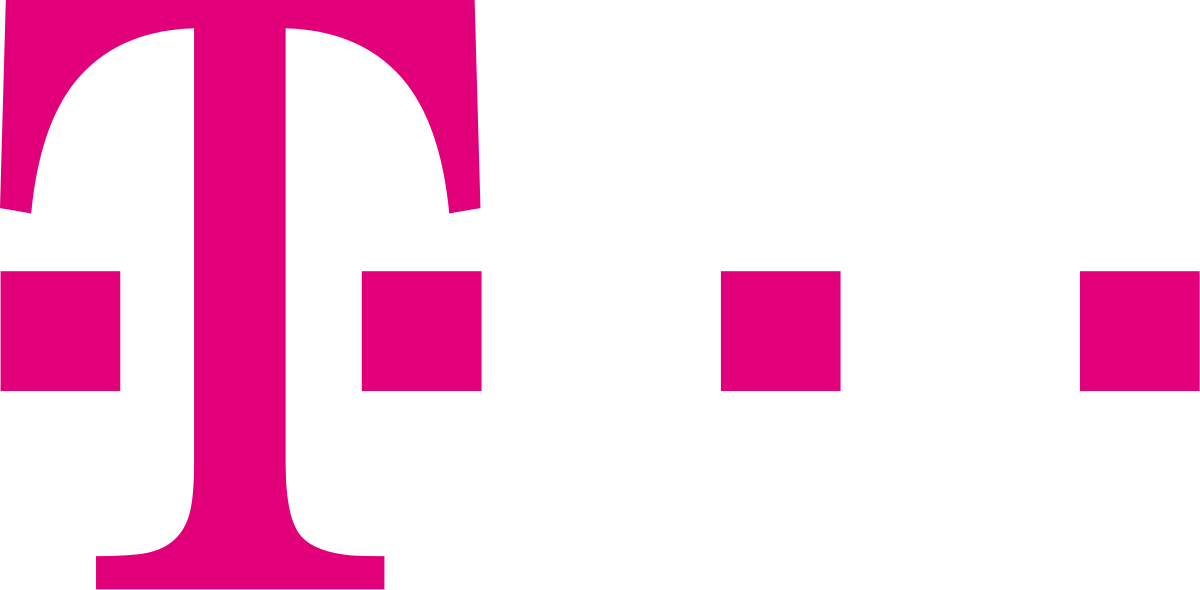
Deutsche Telekom - Germany
Deutsche Telekom reduces their carbon footprint in mind when planning and operating their data centers. To achieve this goal, T-Systems takes a two-step approach: It starts with optimizing energy consumption at each data center site and then continues with improving processes throughout the global data center landscape.

The PUE img factor serves as an indicator for improvements in energy efficiency. We were able to reduce the average PUE factor img at the T-Systems data centers from 1.85 to 1.63 between 2008 and 2015.
Current program plans estimate a cumulated CO2 reduction of up to 51 percent by 2020 based on the 2012 figures.
Between 2008 and 2013 the focus was on optimizing existing data center space. Some examples include updating the cooling systems and installing cold aisle containment to control the flow of cooling air as needed and minimize cold air waste in the IT areas. Advancements in IT technology also made it possible to considerably reduce energy consumption.
In addition to these fundamental technical optimization measures, Deutsche Telekom is always fine-tuning its climate control technology; this in combination with optimum data center capacity utilization enables the company to continue to improve efficiency.
The second phase has been ongoing since 2013. This phase combines physical data center consolidation (i.e., reducing data center space and sites) with logical consolidation (i.e., virtualizing img data center infrastructure). The DC11@2018 program is working to globally consolidate data center sites with the latest IT technology to a few FMO (future mode of operation) data centers. The target average PUE factor at the FMO data centers will be 1.4 once the program has been completed. This requires a homogeneous IT landscape combined with optimum capacity utilization of data center infrastructure, IT hardware and the software running on the systems.
Deutsche Telekom expects these measures to bring about another massive reduction in CO2 emissions by year 2020



 © 2018 ICTFOOTPRINT.eu – ICTFOOTPRINT.eu has received funding from the European Commission’s Horizon 2020 research and innovation programme under the Grant Agreement no 690911. The content of this website does not represent the opinion of the European Commission, and the European Commission is not responsible for any use that might be made of such content.
© 2018 ICTFOOTPRINT.eu – ICTFOOTPRINT.eu has received funding from the European Commission’s Horizon 2020 research and innovation programme under the Grant Agreement no 690911. The content of this website does not represent the opinion of the European Commission, and the European Commission is not responsible for any use that might be made of such content.